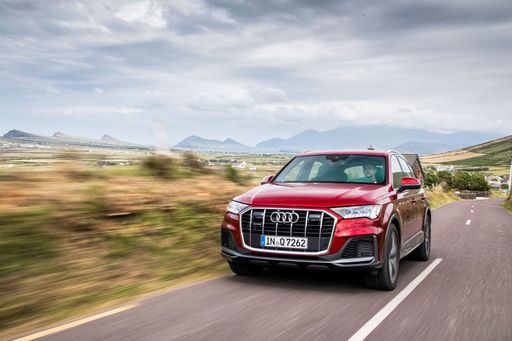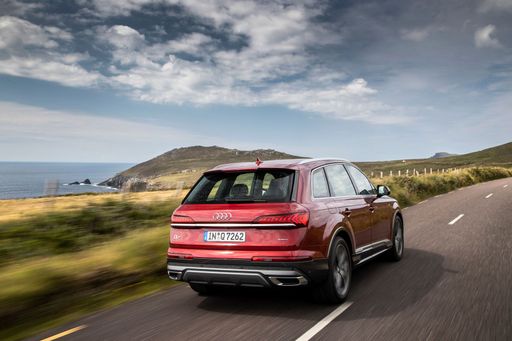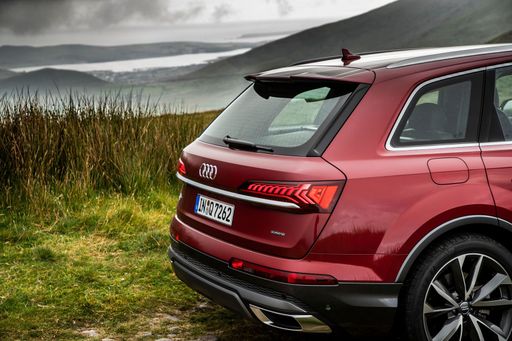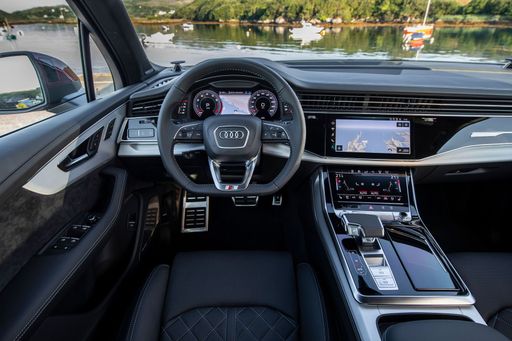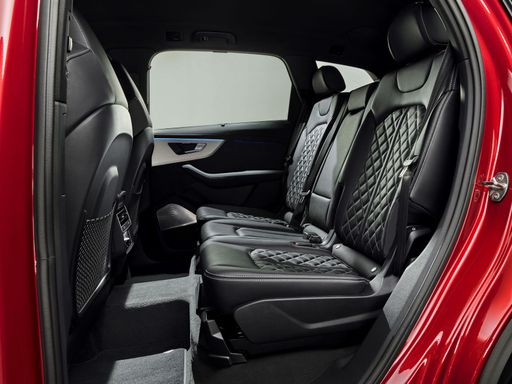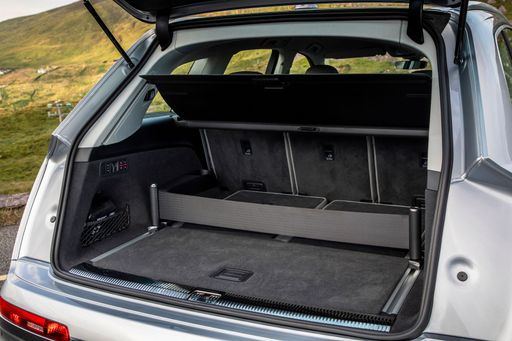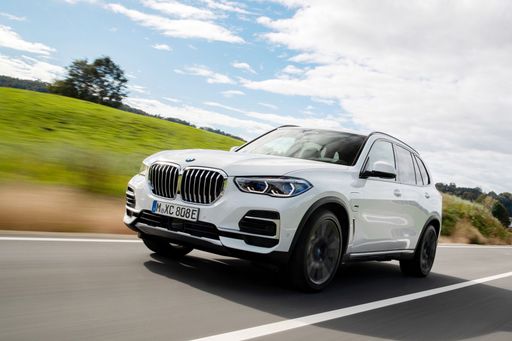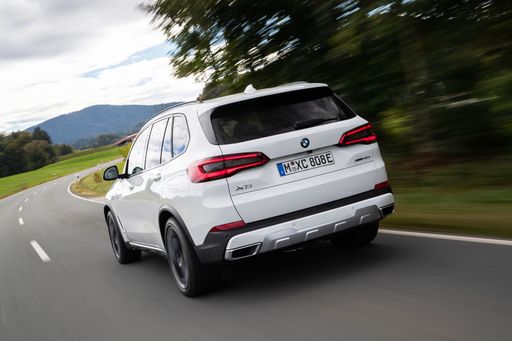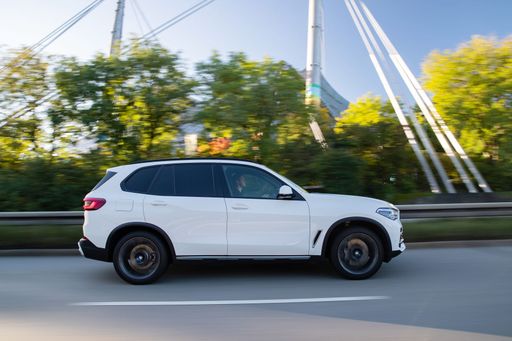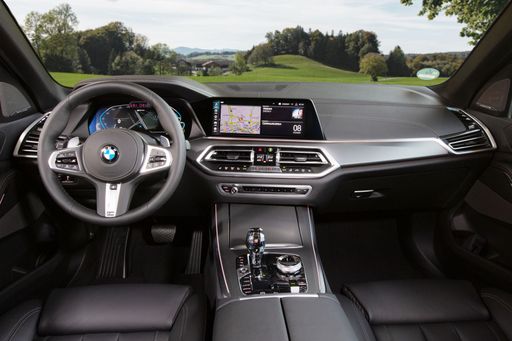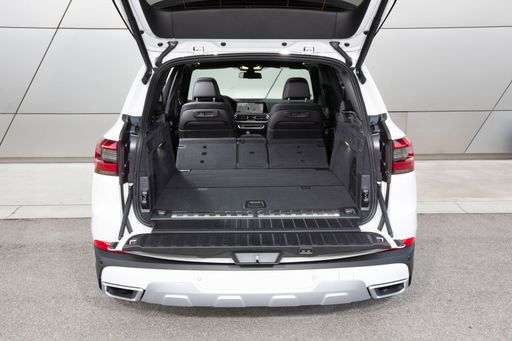An Engaging Comparison of the Audi Q7 and BMW X5
When it comes to luxury SUVs, the Audi Q7 and BMW X5 are two titans that dominate the market. Each vehicle brings its unique flair, cutting-edge technology, and impressive performance to the table. In this article, we'll dive deep into a head-to-head comparison, examining critical technical specifications and innovations that set these two SUVs apart.

